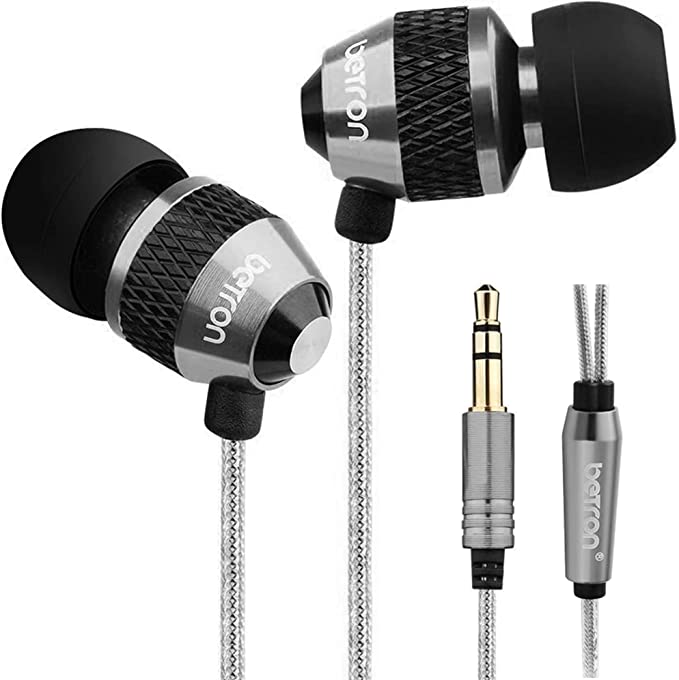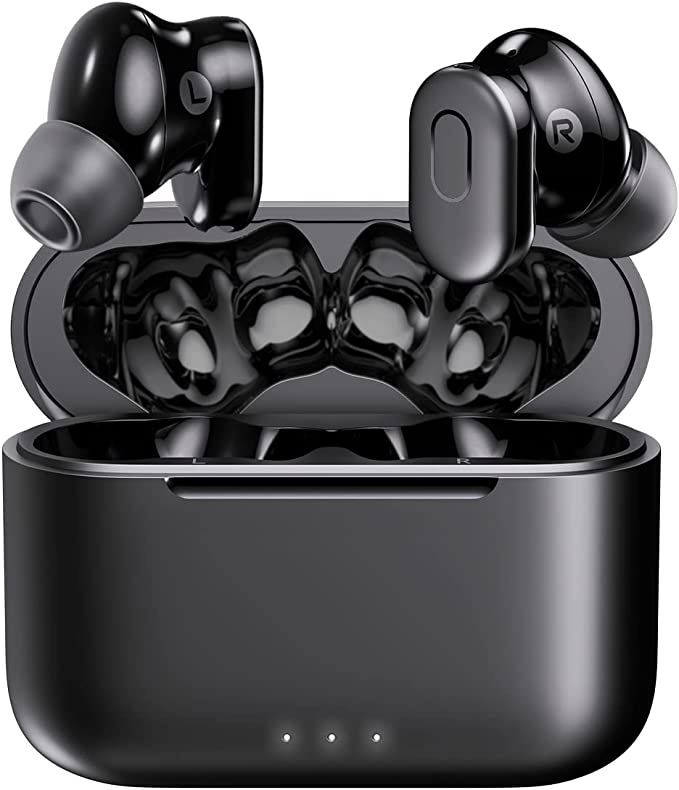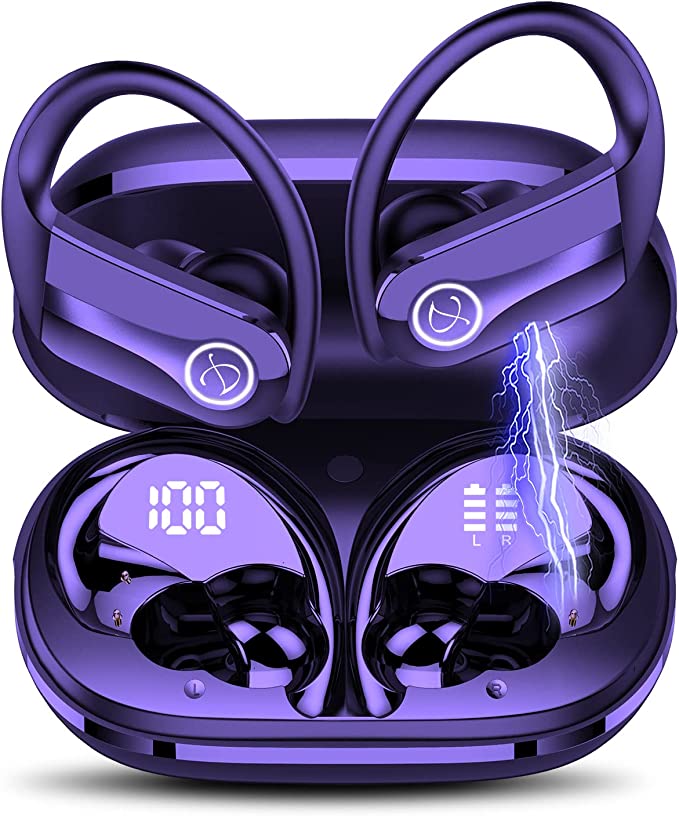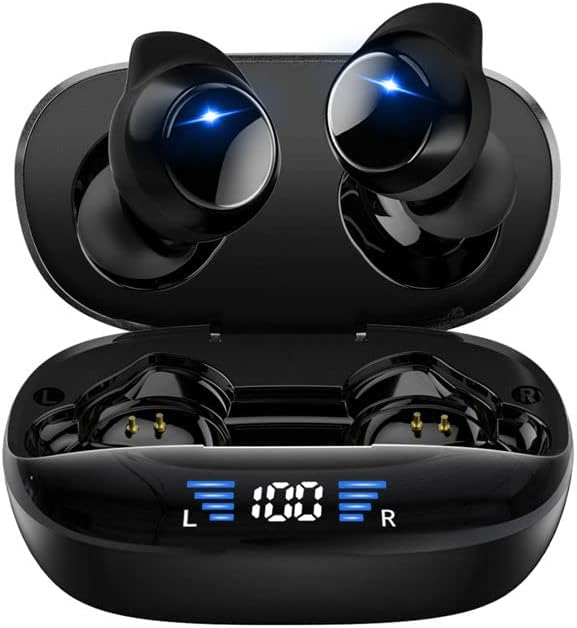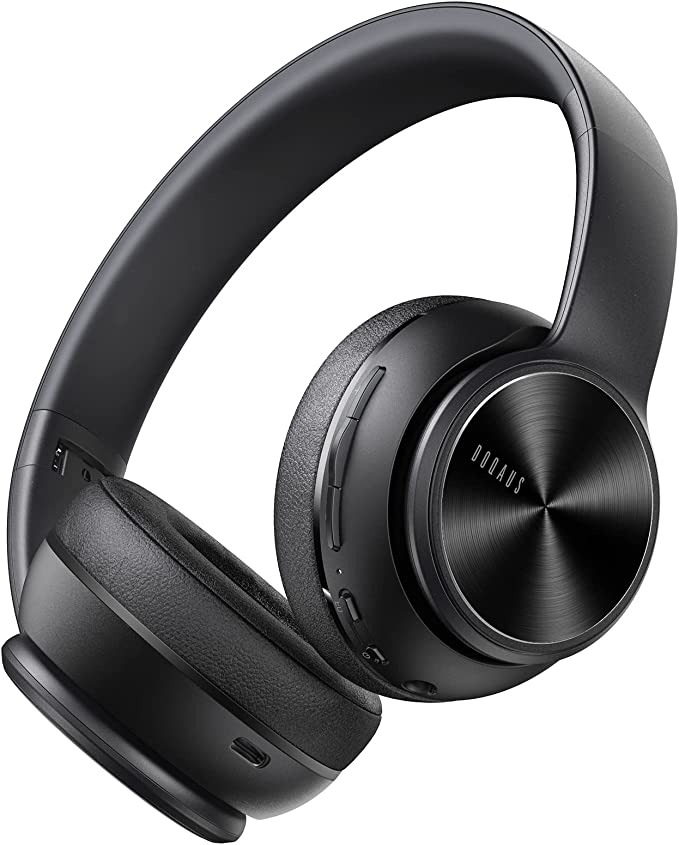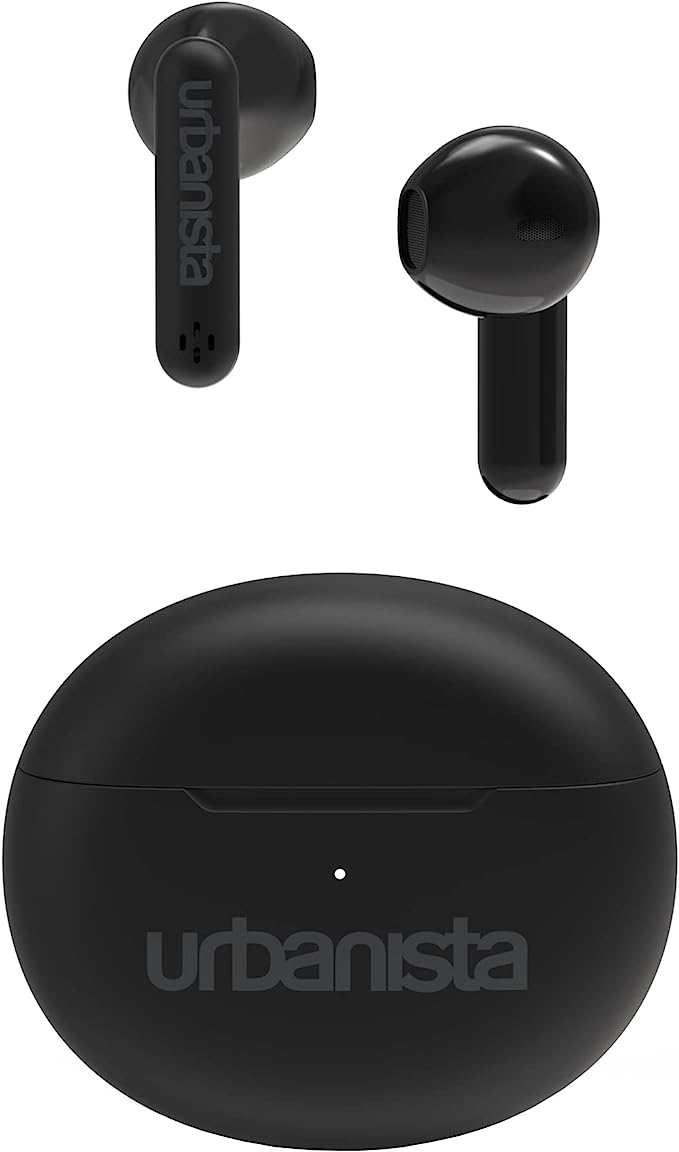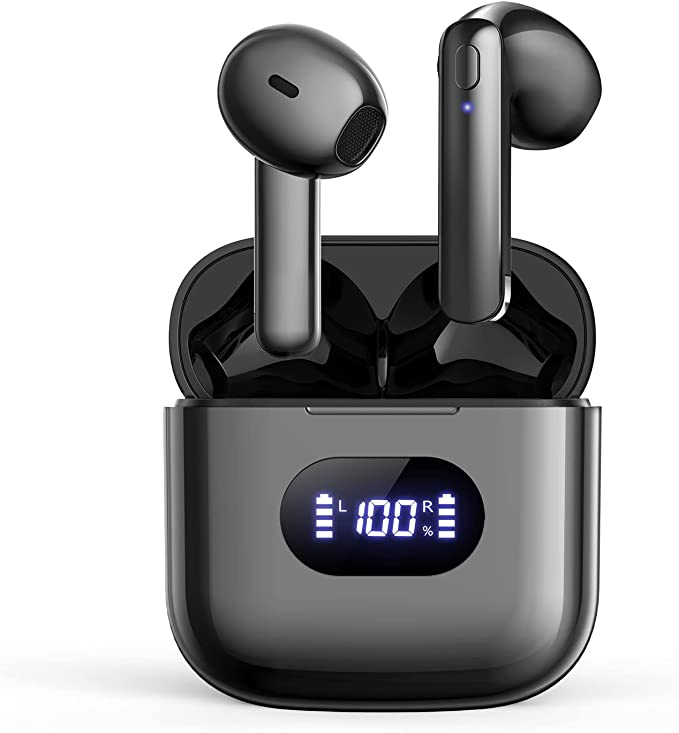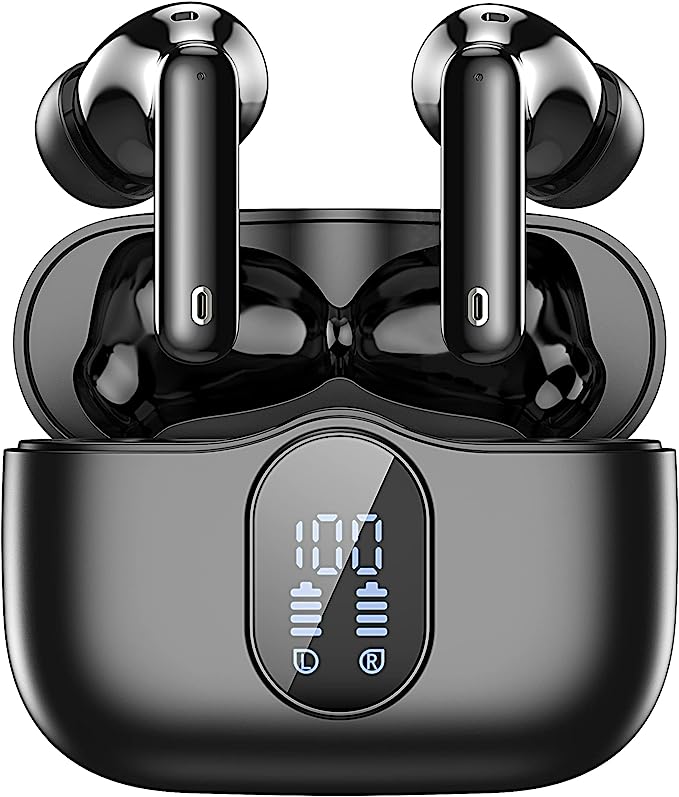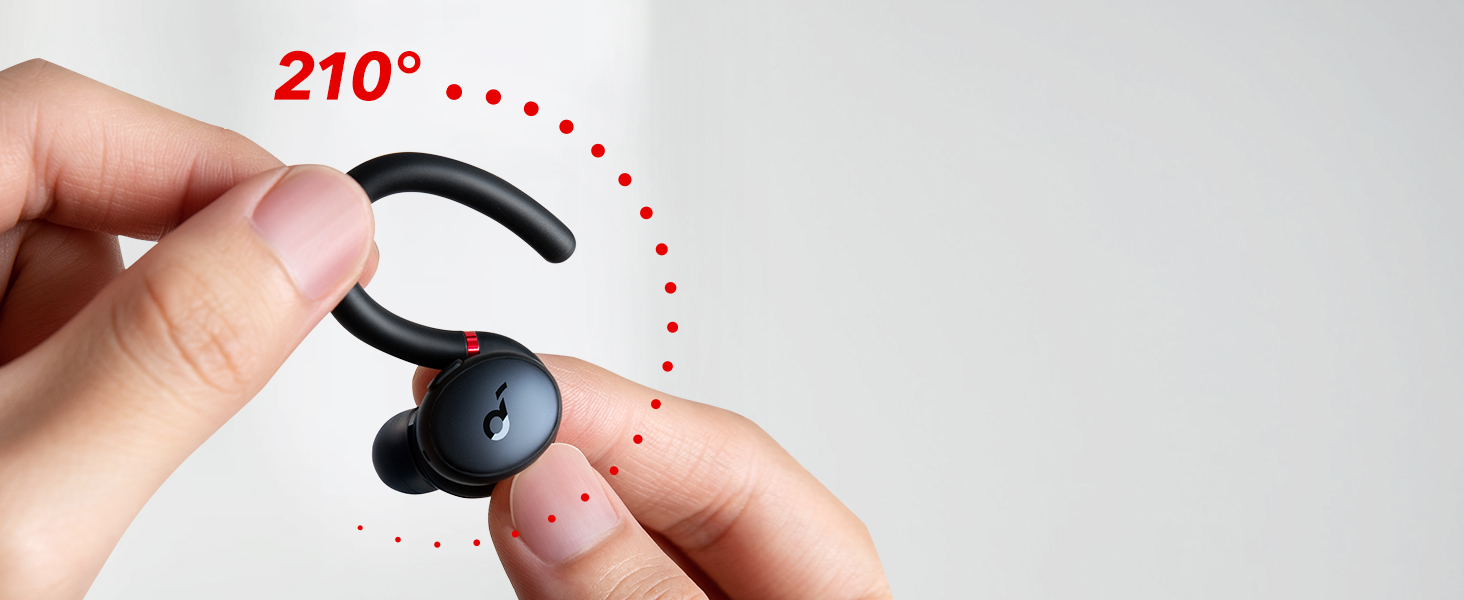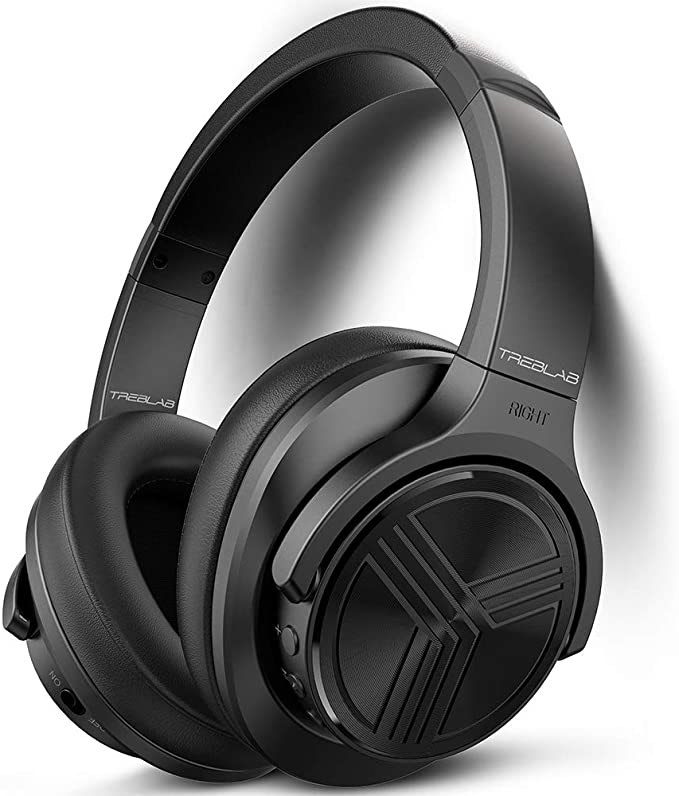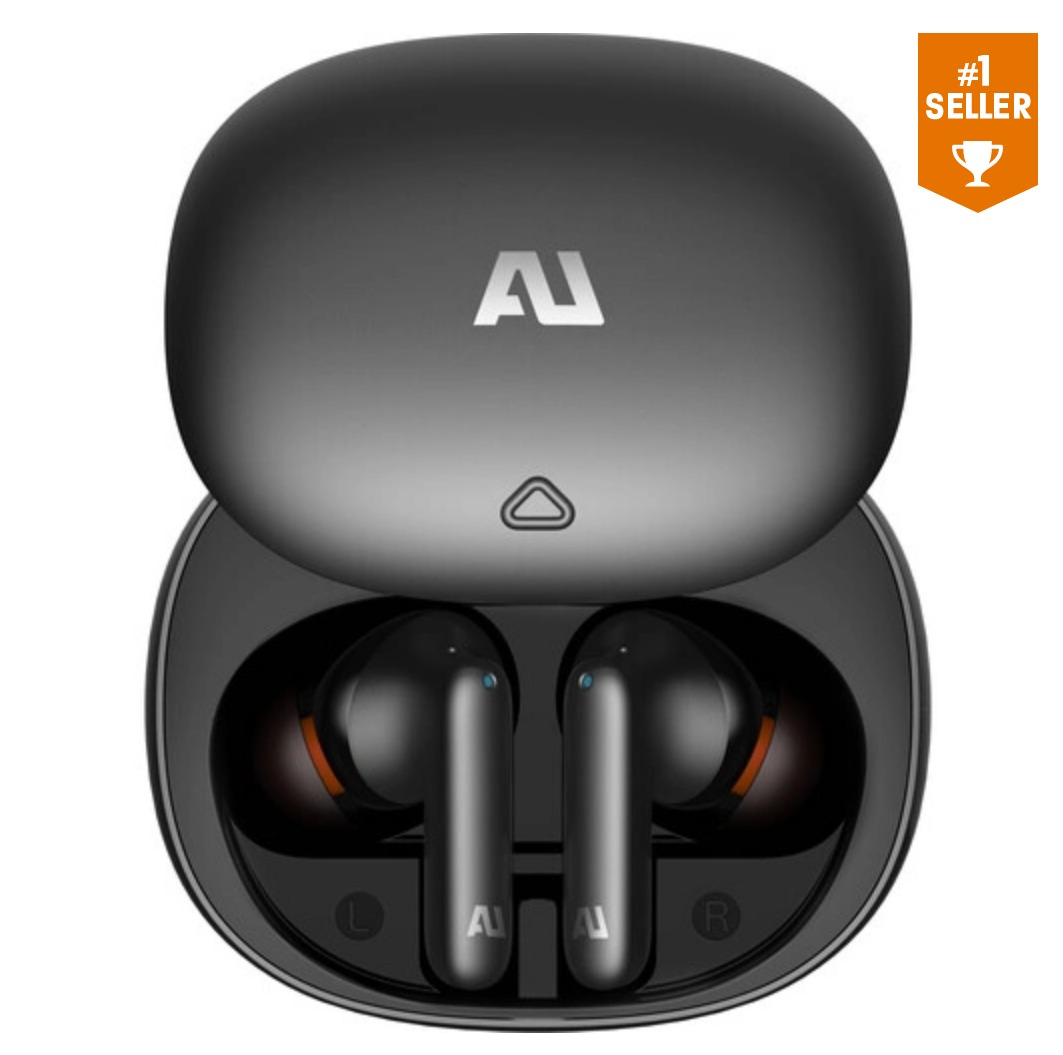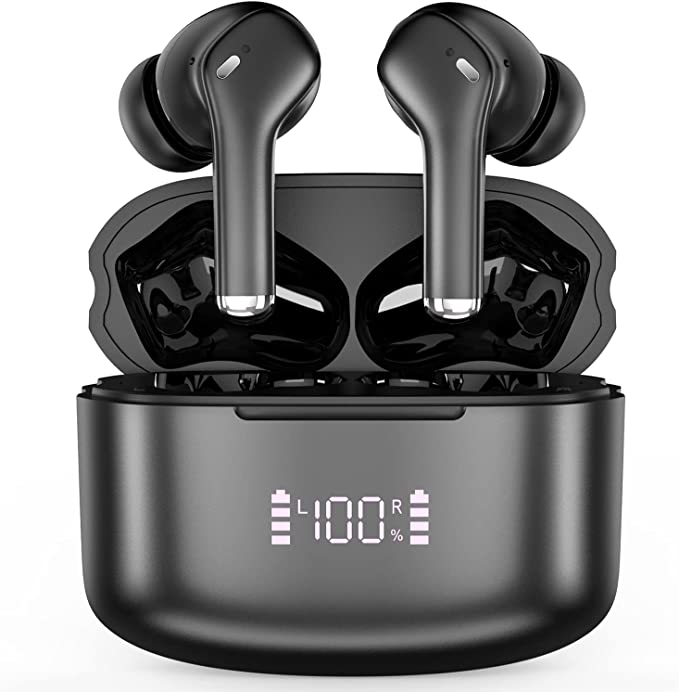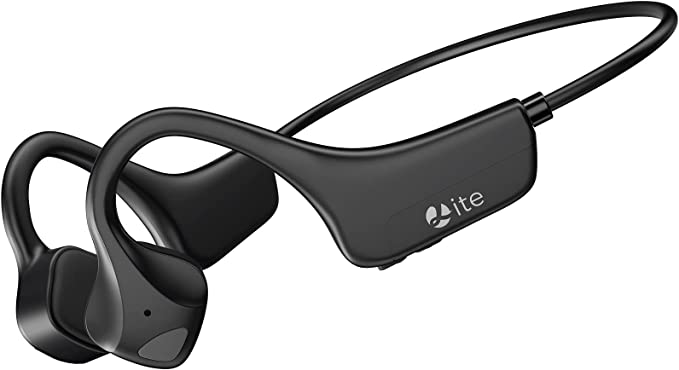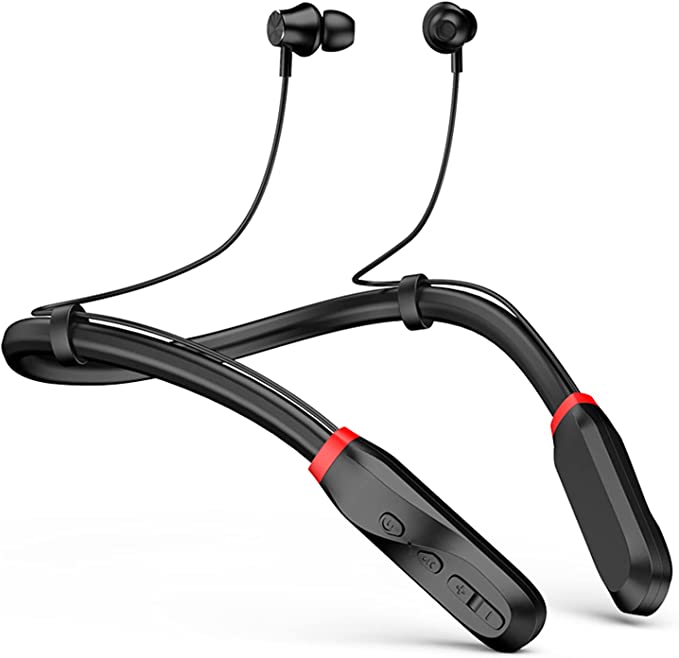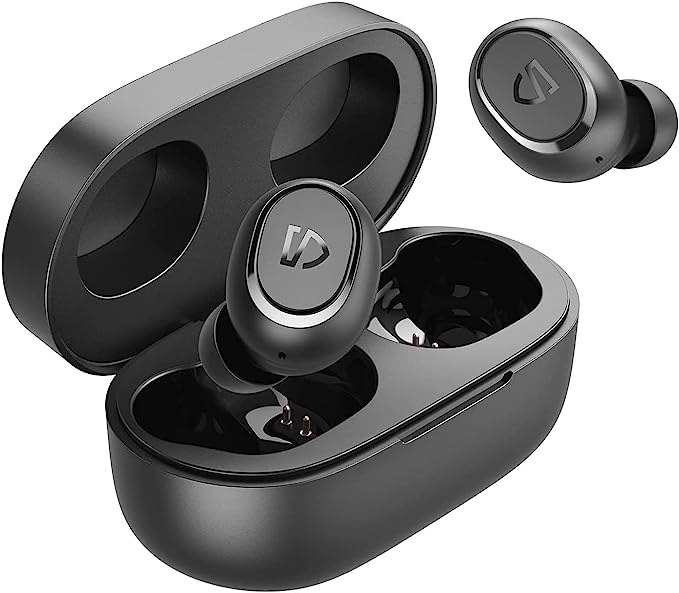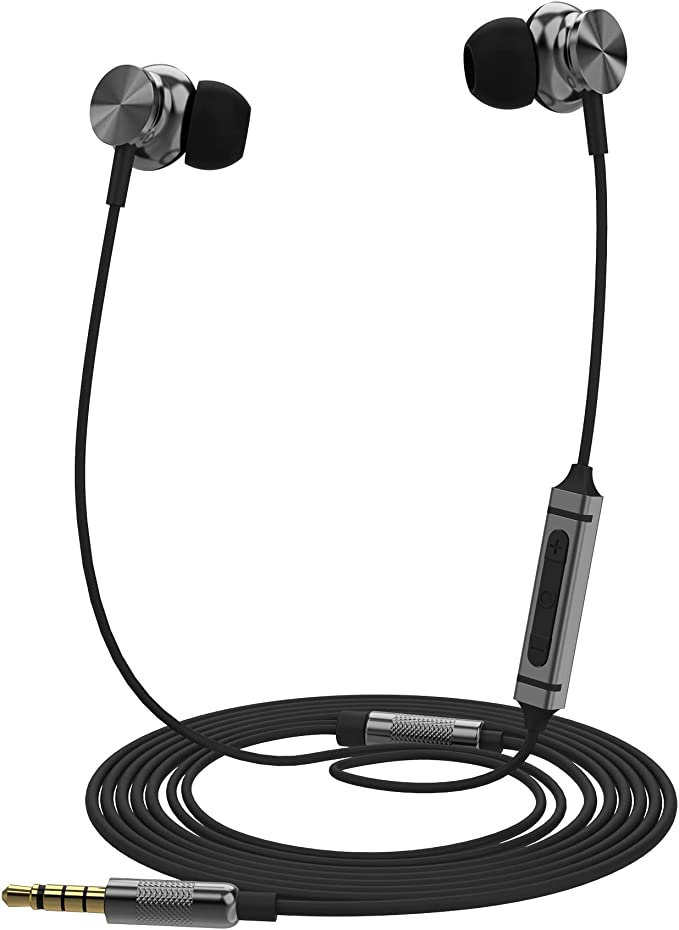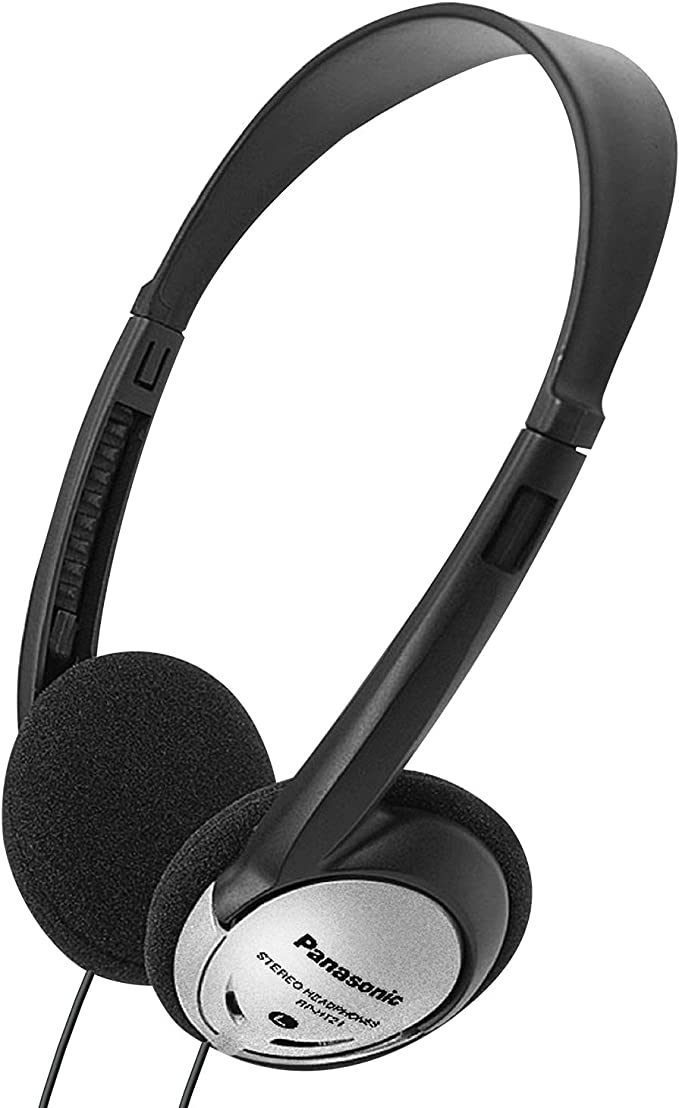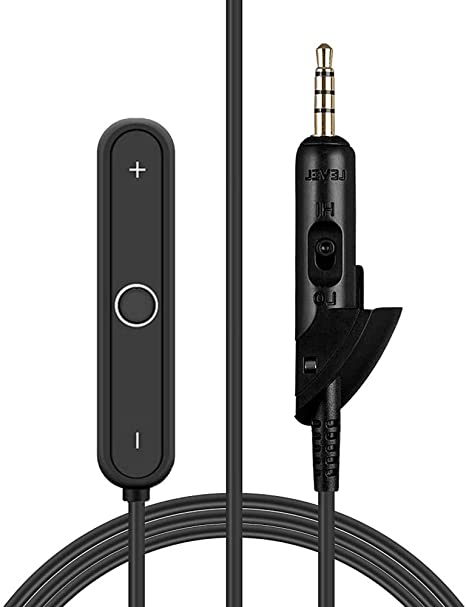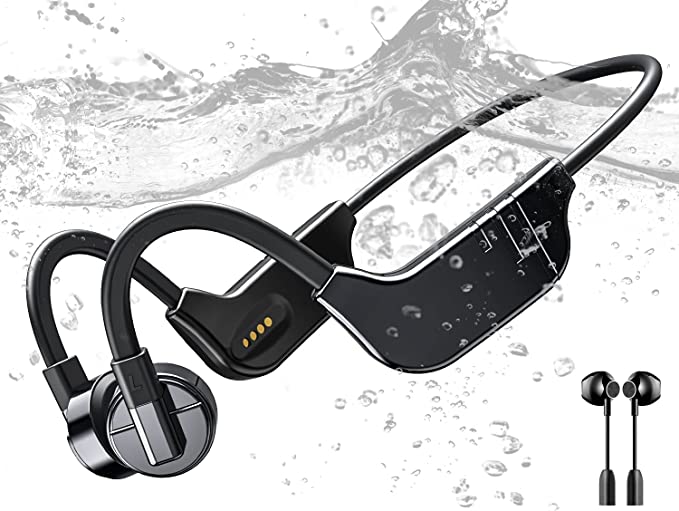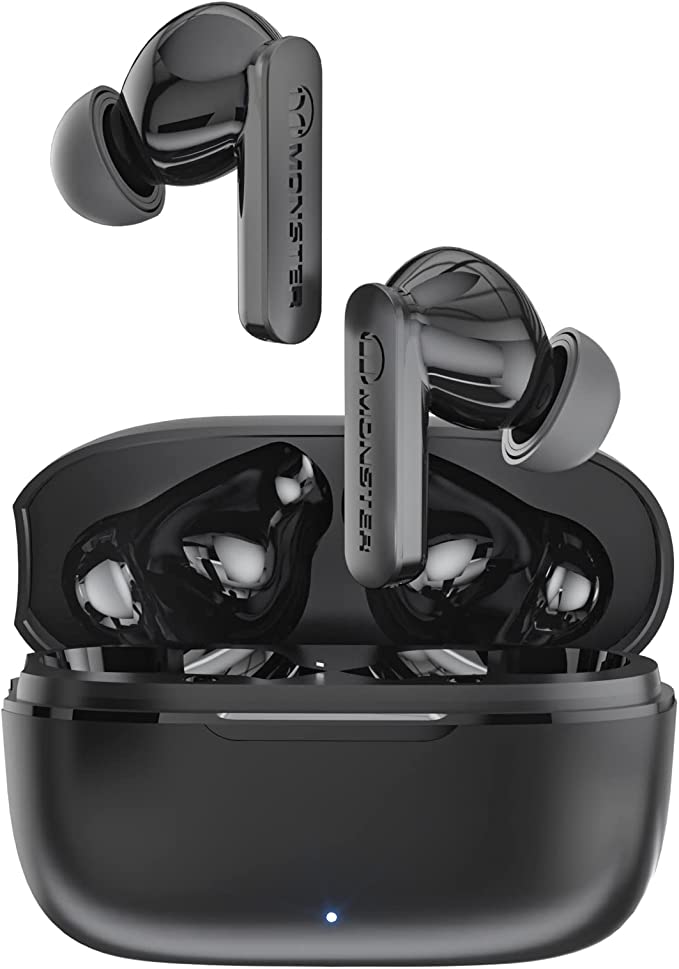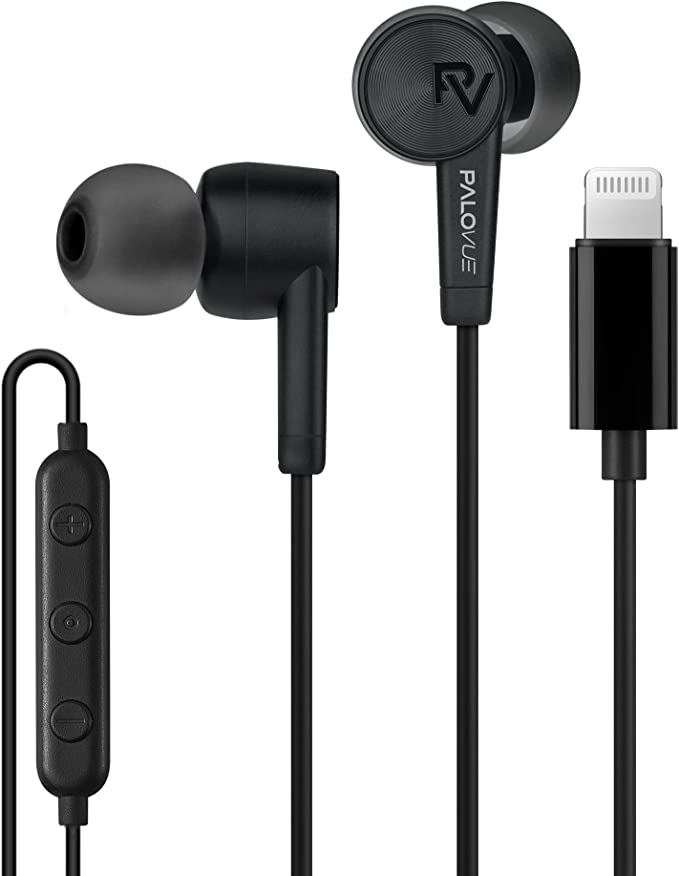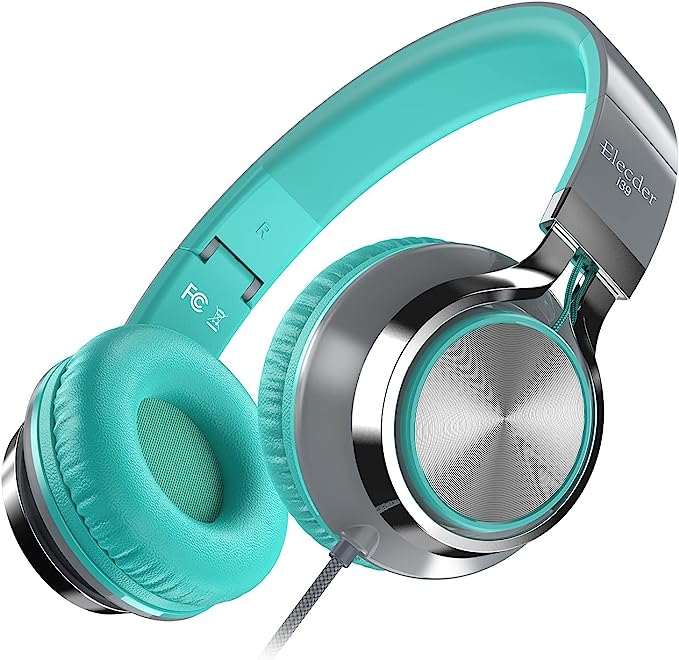RICOO V77 Wireless Earbuds: Your Affordable Gateway to Immersive Sound
Update on Aug. 5, 2025, 12:36 p.m.
There’s a ghost in the memory of anyone who grew up with analog audio. It’s the low, persistent hiss of a cassette tape, the gentle crackle of a vinyl record before the music begins. This noise was the price of admission—the sound of the machine itself. Today, we live in an era of digital silence, where music materializes from a seemingly empty background. Yet, a new kind of ghost has appeared. It lives in the paradox of the modern gadget: a pair of wireless earbuds, like the RICOO V77, that can be bought for the price of a few pizzas, yet boasts a feature list—Bluetooth 5.3, Noise Cancellation, IPX7 Waterproofing—that would have been the stuff of science fiction or military hardware just a generation ago.
This is not a review. It is an autopsy. By dissecting this small, unassuming piece of technology, we can expose the vast and intricate web of physics, history, and economics that dictates the capabilities of every device we own. The story of the RICOO V77 is not just about one product; it’s the story of engineering on the edge of “good enough,” a masterclass in the art of compromise.

The Unseen Conversation
Before a single note reaches your ear, a silent, complex conversation must take place. In the V77, this dialogue is governed by Bluetooth 5.3. The name itself is a nod to Harald Bluetooth, a 10th-century Viking king famed for uniting disparate Danish tribes. In the same spirit, Bluetooth technology was created to unite disparate devices. But its scientific roots are even more remarkable, tracing back to an unlikely source: Hollywood actress Hedy Lamarr. During World War II, Lamarr co-invented a “Secret Communication System” that used “frequency hopping” to prevent enemy interception of radio-guided torpedoes. By rapidly switching between frequencies, the signal became a phantom, impossible to pin down.
This is the core principle that makes modern Bluetooth work. Your phone and earbuds agree on a pseudo-random hopping pattern across dozens of channels, making the connection robust against interference. Bluetooth 5.3 refines this dance, making it more energy-efficient (a key tenet of its LE Audio standard) and better at sidestepping crowded frequencies. It promises a stable, efficient connection. So why might a user still report pairing issues? Because the Bluetooth standard is merely the language; the quality of the conversation depends on the speakers—the chipset, the antenna design, and the firmware that orchestrates it all. In a budget device, this is often the first place where compromise occurs. The hardware might speak the language of 5.3, but with a slight stutter.

The Delicate War on Noise
Perhaps no feature is more alluring, or more prone to disappointment, than Active Noise Cancellation (ANC). The V77 claims it, yet user ratings for this feature are tellingly low. This gap between promise and reality is a lesson in fundamental physics. Imagine two identical ripples meeting in a pond; if they are perfectly out of sync—one’s crest meeting the other’s trough—the water becomes momentarily still. This is destructive interference.
The concept of using this principle to cancel sound was first patented in 1933 by Paul Lueg, but it remained a theoretical curiosity for decades. It wasn’t until the late 1970s that Dr. Amar Bose, frustrated by engine noise on a transatlantic flight, began the intensive research that would lead to the first commercially successful ANC headsets for aviators. These early systems were bulky, analog, and astronomically expensive because the challenge is immense. An earbud’s microphone must instantly capture an incoming soundwave, its processor must create a perfect inverse copy—the “anti-noise”—and its speaker must produce this anti-noise wave at the precise moment it will meet the original at the eardrum.
The effectiveness of this process is a function of speed and precision. Premium earbuds use powerful, dedicated processors and multiple microphones to perform this feat across a wide range of frequencies. The V77, constrained by its bill of materials, employs a simpler system. It can reasonably “listen” to and cancel a constant, low-frequency drone like an air conditioner’s hum. But it lacks the processing horsepower to react to the complex, fast-changing waveforms of a human conversation or a clattering dish. It isn’t that the noise cancellation “doesn’t work”; it’s that it’s fighting a war on a budget, armed to win only a very specific, slow-moving battle.

A Fortress for Sound
The IPX7 rating stamped on the V77 is a declaration of resilience, a code from a universal language of durability called the Ingress Protection standard (IEC 60529). The ‘X’ means it hasn’t been tested for dust, but the ‘7’ is a specific promise: it can survive submersion in one meter of water for thirty minutes. This is accomplished through the unseen marvels of material science—hydrophobic nano-coatings that repel water at a molecular level, and precisely engineered rubber gaskets and O-rings that form a physical barrier.
This feature is a testament to how advanced manufacturing techniques have trickled down to the mass market. Yet, the same product that can survive a dunk in a puddle also elicits user complaints of its tiny ear speaker caps falling off. Here, we see the trade-off in plain sight. It is one thing to apply a coating or insert a seal; it is another, more expensive thing to guarantee the long-term mechanical integrity of every component. The choice of polymers, the tolerances in the injection molding, the type of adhesive used—these decisions, measured in fractions of a cent per unit, are the difference between a device that feels solid and one that feels fragile. The V77 can build a fortress against water, but its own walls may be built of more brittle stone.

The Last Inch
Ultimately, an earbud’s success is determined in the last inch—the space between the device and our senses. This is where the V77’s final, most telling compromises are found. Users report that the microphone is not good for calls. This is a direct consequence of the inverse-square law of physics and the concept of Signal-to-Noise Ratio (SNR). The microphone, perched near the ear, is simply too far from the mouth. The signal (your voice) is weak, while the noise (the rest of the world) is strong. Overcoming this requires sophisticated beamforming microphone arrays and noise-suppression algorithms—processing power that represents a significant cost.

Similarly, the finicky touch controls reveal the challenge of calibrating a capacitive sensor. This technology works by detecting the tiny disruption your finger causes in a stable electric field. If the threshold for detection is too low, a stray brush of a finger drops a call. If it’s too high, a deliberate tap goes unregistered. Perfecting this balance for a wide range of users is an art, a process of refinement that takes time and money.

In these small failures, we find a profound truth. The RICOO V77, and thousands of devices like it, are not products of a single grand design but of a million tiny battles fought between the laws of physics and the laws of economics. They are beautiful, imperfect artifacts, each one a tangible record of decisions and compromises. To understand this is to move beyond the simple question of “Is it good?” to the far more interesting question of “Why is it the way it is?” In the quiet hum of their limitations and the surprising silence they sometimes achieve, we can hear the very sound of progress—accessible, compromised, and relentlessly moving forward.

